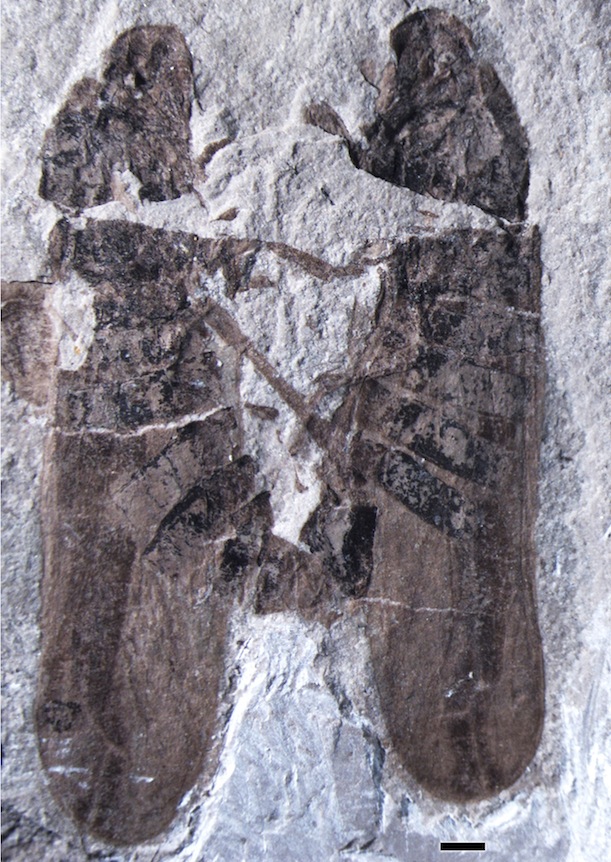These Insects Died While Having Sex 165 Million Years Ago
A remarkable fossil from China captures two froghoppers copulating, showing how the insects’ genital structures haven’t changed despite time’s passage
/https://tf-cmsv2-smithsonianmag-media.s3.amazonaws.com/filer/surprising-science-insects.jpg)
A lot has changed in the last 165 million years. A cluster of islands coalesced to form Europe, the Atlantic Ocean opened up and India collided with the rest of Asia as the world’s tectonic plates gradually drifted to form the continents we know today. Dinosaurs largely went extinct, felled mostly by a mass extinction event some 65 million years ago that was likely caused by an enormous meteorite impact. Eventually, apes came down from the trees, evolved into humans, and migrated out of Africa to cover the planet.
Image via PLOS ONE/Li et. al.
During all this time, though, one thing has stayed exactly the same: The anatomical structure of froghopper genitals.
We know that from a remarkable new fossil excavated from the Jiulongshan Formation in Northeastern China and described in the journal PLOS ONE. The 165-million-year-old fossil, analyzed by researchers at the Capital Normal University in China, captures two of the small insects in the act of copulation—the oldest record of insect sex ever discovered. And though the insects themselves belong to a particular species that went extinct long ago, their genital structures appear to be identical to those of the modern-day froghoppers that are distributed all around the world.
There are only 33 known fossils that show insects mating worldwide, and the previous oldest—which contains fossilized midges in the act of copulation—dates to 135 million years ago. These sorts of fossils are so rare because of the nature of fossilization: an organism is buried in dirt or sediment sometime after its death and its skeletal remains are slowly replaced by minerals or converted into new compounds over time.
So, for the act of copulation to be fossilized, it means that two insects would have to die while mating, then fall to the ground locked in the mating position. The excavation site, in Ningcheng County, may help explain how this happened: Most of the fossils there were created as the result of a volcanic eruption, which appears to have knocked all sorts of creatures into a lake, so it’s quite possible that the insects died, their mating bodies stuck to the plant stem they were perched on, then the entire plant settled to the lake bottom with them on it.
The researchers are sure that the fossil depicts the act of mating, rather than two insects lying next to each other, because of their inspection of the insects’ reproductive parts. The fossil shows the male’s aedeagus—roughly, the insect equivalent of a penis—inserted into the female’s bursa copulatrix, the organ that receives sperm for fertilization.

A detail of the fossilized sex organs (left) with a sketch of the structures (right). Image via PLOS ONE/Li et. al.
Although the creatures differ slightly from known froghoppers, the anatomical structure of their genitals—even down to the number of segments in the male’s aedeagus—is the same as those of modern-day froghoppers. For that reason, the researchers named the new species Anthoscytina perpetua: “From the Latin perpet, eternal love, in reference to this everlasting copulation,” they write in the paper.
One thing that may have changed, though, is the position these insects assume while they’re mating. From the fossil, it seems that ancient froghoppers faced each other, belly-to-belly, in order to mate. Currently, froghoppers usually do it rather differently, laying side-by-side on their stomachs, with the male’s aedeagus twisting underneath to enter the female:
/https://tf-cmsv2-smithsonianmag-media.s3.amazonaws.com/accounts/headshot/joseph-stromberg-240.jpg)

/https://tf-cmsv2-smithsonianmag-media.s3.amazonaws.com/accounts/headshot/joseph-stromberg-240.jpg)